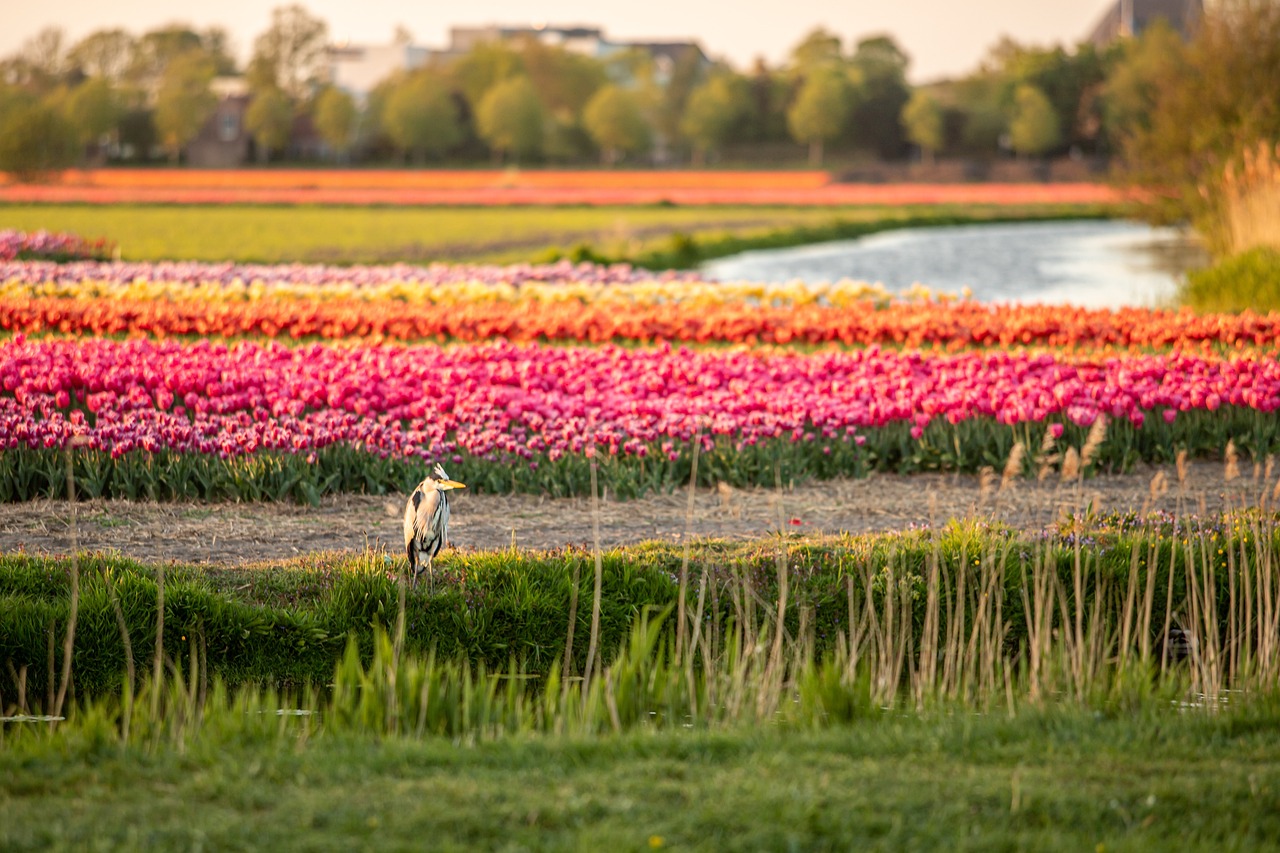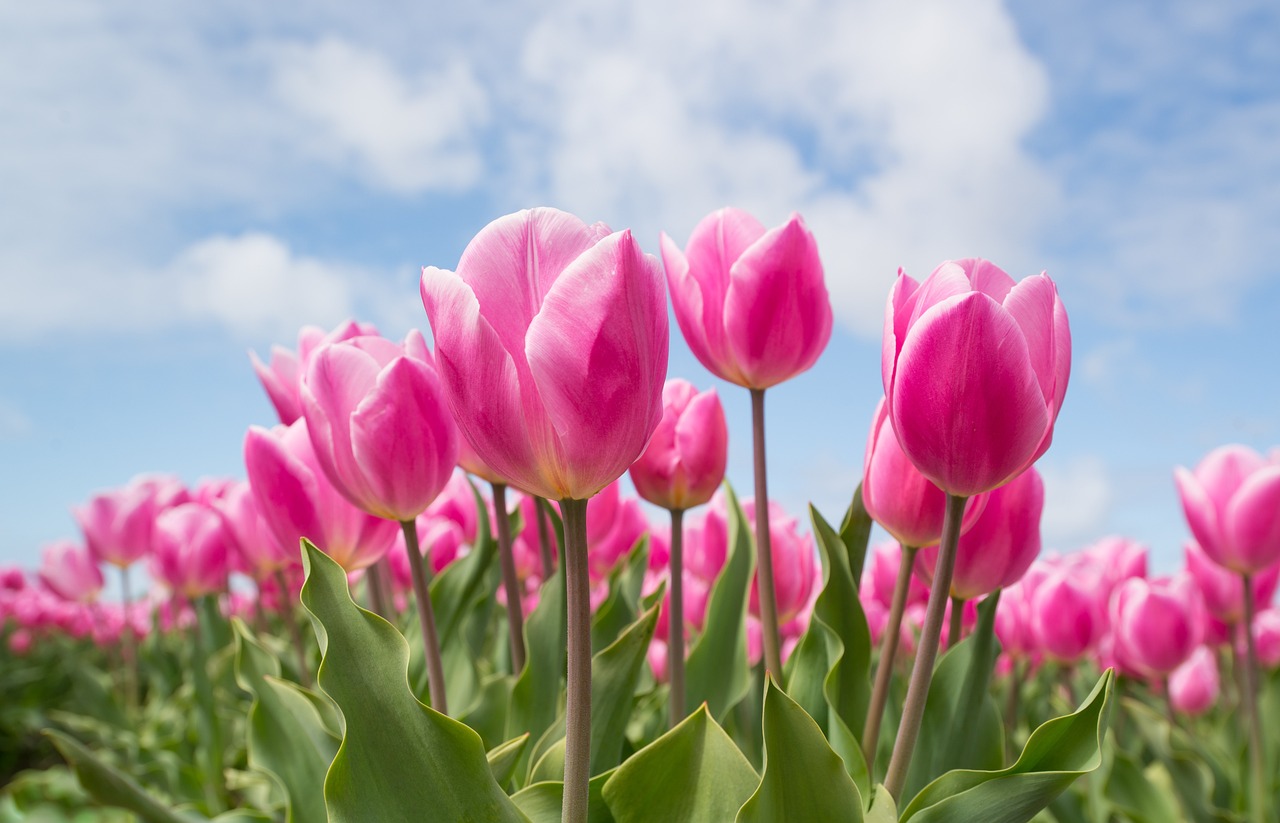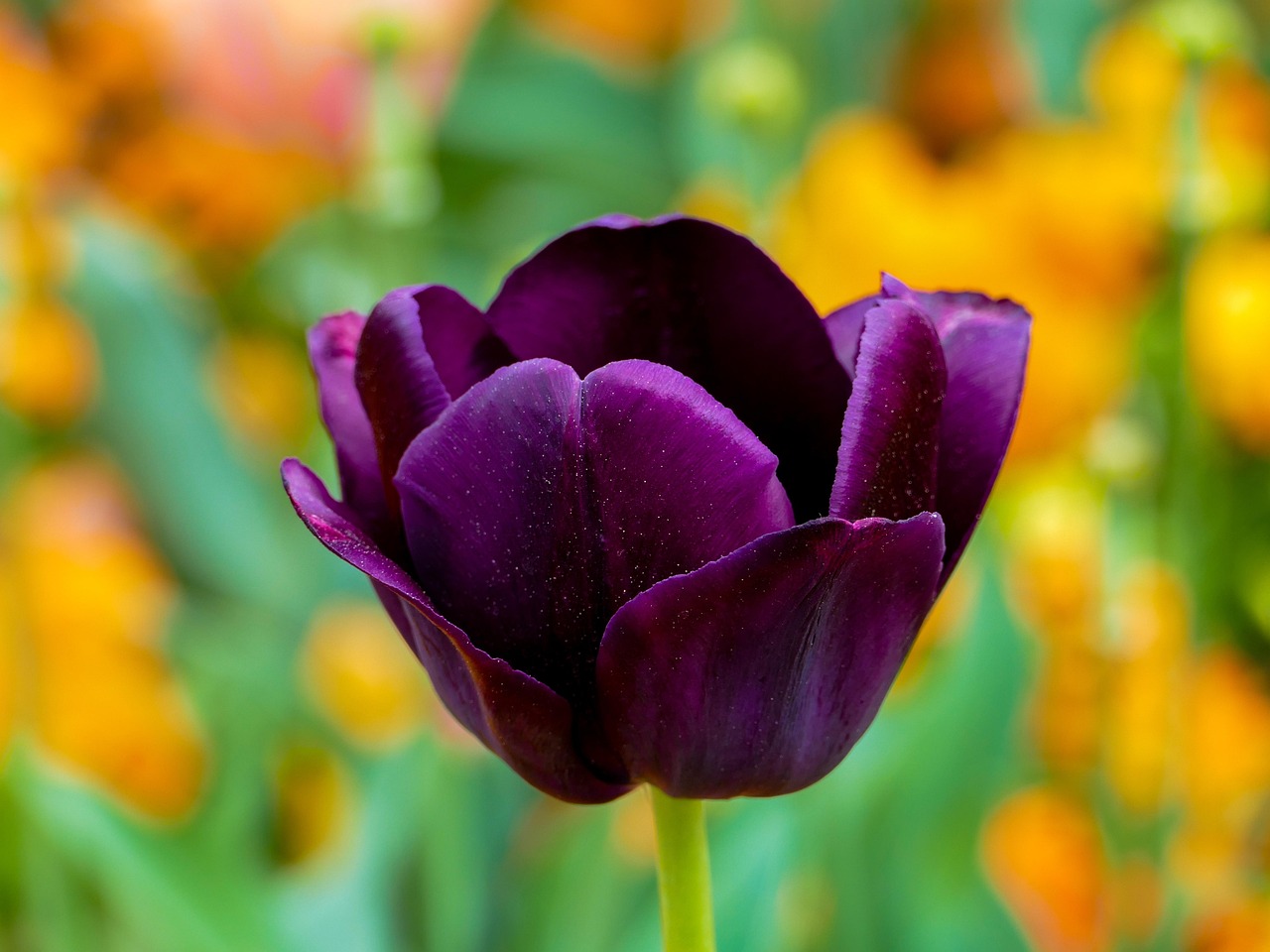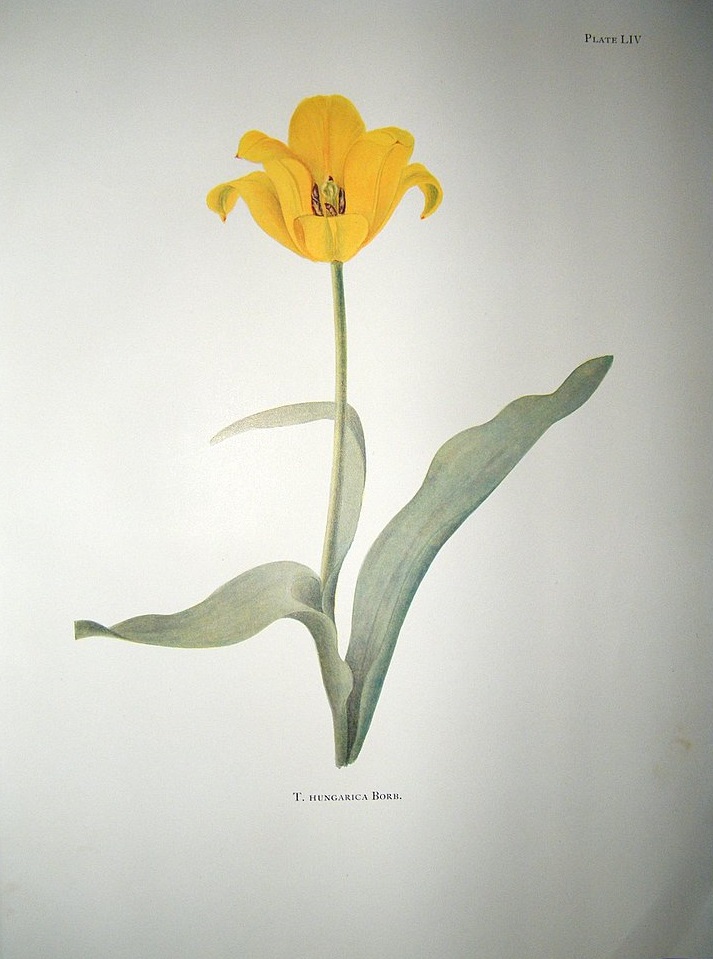
With spring here, tulips, daffodils, and hyacinths are blooming.Continue reading

In addition to wild and cultivated tulips, those who visit the University of Szeged’s Botanical Garden on Friday and Saturday can learn about the origin, history, and ethnographic significance of the flower, director Anikó Németh told MTI.
The expert said that most of the tulip species are native to Central Asia, where their cultivation may have started first. Thousands of horticultural varieties have been bred over the centuries, varying in shape, color, and size. There are tulips from dwarf to one meter tall, from white to dark black.
In the Botanic Garden, visitors can admire around 40 varieties of cultivated tulips in pots along the main walkway. Botanical tulips are also on display in the rock garden, both wild species and hybrids that retain their characteristics,
the director pointed out.

Photo: Pixabay
There are also endemic tulip species in the Carpathian Basin, the best known of which is the Hungarian tulip (Tulipa hungarica), which grows in the Iron Gates and Kazan Straits (along the Danube river between Romania and Serbia). The plant, which grows to a height of 40-50 centimeters, produces yellow flowers, the expert added.

Tulipa Hungarica. Photo: Wikipedia/Elsie Katherine Dykes
The programs on Friday and Saturday will show the importance of the tulip in Hungarian folk art as the most ancient Hungarian floral motif.
There will be lectures on tulip carving, embroidery, and painted furniture, a horticulturalist will give important information on how to care for tulips, families can visit the folk costume craft play house and there will also be Hungarian and Turkish folk music concerts.
Via MTI, Featured photo via Pixabay